When you have a problem with a computer or other electronic device the first question you will often get from the manufacturer's help desk or warranty department is - "Have you tried turning it off and on?"
Your air conditioner is no different in this regard to other electrical appliances and may well benefit from a reset. An air conditioner reset takes no effort and may well avoid an unneeded service call.
When you reset your air conditioner it erases all faults and puts the system in a state where it is attempting a fresh start. If the fault that has caused your air conditioner to stop is intermittent or environmental then a reset may resolve your issue.
Here are the steps you should follow to reset your air conditioner
We call this a 'hard' reset - which you won't achieve if you just switch the isolator off for a few seconds and then turn it on.
Some air conditioners in overseas markets have a reset button - but a reset button is not a common feature on air conditioners sold in Australia.
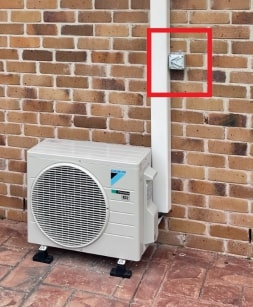
If your air conditioning unit was installed some time ago it may not have an isolator. In that case you can reset an air conditioner by finding the circuit breaker box (switchboard) and switching the circuit breaker off for 30 minutes. You should then switch the circuit breaker on and see if the fault has been rectified.
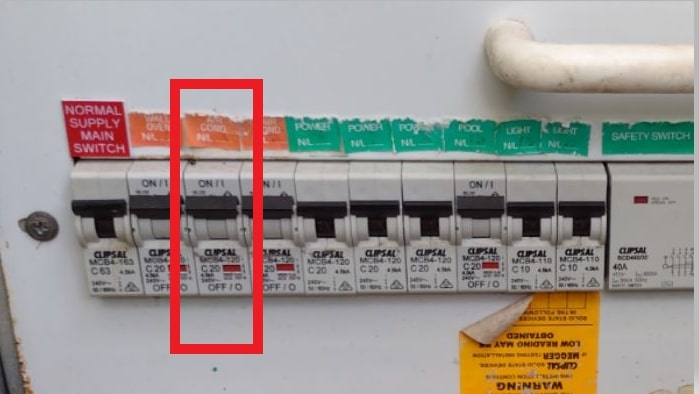
If your air conditioning units don't start working after you have done the reset - this means your ac unit should be diagnosed by a professional technician.
At Sun City Air Conditioning we carry out over 5,000 jobs per year. Our combined experience, together with our trained and knowledgeable tradesmen mean we are perfectly placed to diagnose and repair your air conditioner.
If your air conditioner doesn't respond to the remote it doesn't necessarily mean there is a problem with the air conditioning unit - it may be a problem with one of:
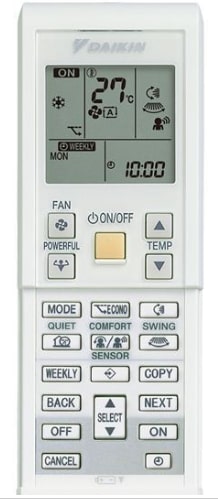
The first step is to see if the display on the remote is legible - it is blank or very faint - then it is probably just the batteries of the ac remote control you need to change. Installing fresh batteries might be all you need to do to fix the problem/
Check to see if the LCD display changes when you press the buttons on the remote control - if they do not, and you have charged batteries, it is likely the problem is with the remote and it should be repaired or replaced.
One problem we do see from time to time is sticky buttons - with one being depressed. When one of the buttons is depressed any new remote control commands cannot be received by the air conditioner
If you have established your remote is apprently functional then you can next see if it is transmitting. The remote control sends infrared signals, which are received by the infrared sensor card on the front of the air conditoner, which then tells the air conditioning unit what to do. If the remote control is not transmitting, the air conditioner will not respond.
One easy test you can carry out to see if your air conditioner remote is transmitting is to press a button on the remote and have a digital camer on and pointed at the remote. You should see a red light if the remote control is working. If you see a red light but the remote control still is causing the air conditioner to do anything - move on to the next step
Some remotes have a reset button on the back or side, failing that you can also pull the batteries for a few minutes.
If you happen to have the same brand split air conditioner in the house you can grab the working remote from that system and try it on the malfunctioning system.
Many air conditioners have a test button on the side of the indoor unit - if after trying to run the air conditioner with the handheld remote control you cannot get it to run - try the test button. If the air conditioner doesn't respond to the test button - then it may not be remote control damage that is your issue - rather a problem with the air conditioner itself.
If this still doesn't work one last thing you can do is a hard reset of the air conditioner. You can do this by turning the unit off at isolator at the outdoor unit for at least 20 minutes.
If after all that your air conditioner still doesn't run from your remote control then it is likely you have a problem that will require diagnosis and repair by a qualified technician.
At Sun City Air Conditioning we carry out over 5,000 jobs per year. Our combined experience, together with our trained and knowledgeable tradesmen mean we are perfectly placed to diagnose and repair your air conditioner.
Air conditioners work by using refrigerant as a heat exchange medium. The heat is exchanged by passing air over an evaporator coil through which cooled refrigerant is flowing, the air is cooled as it passes over the coil and is then blown into the room \ space being air conditioned.
It is the air conditioner fan wheel (ac blower fan) which is responsible for moving the air on the indoor unit of an air conditioner.
In a high wall split system (the one where the indoor unit is mounted on the face of a wall) the fan wheel (blower wheel) gets dirty through the following process:
This is most often seen in a high wall split systems. It is not as common in ducted air conditioners as the filtration on a ducted system prevents most of the dirt from reaching the fan wheel.
You can normally see when a fan wheel needs cleaning. The easiest way to do this is as follows:
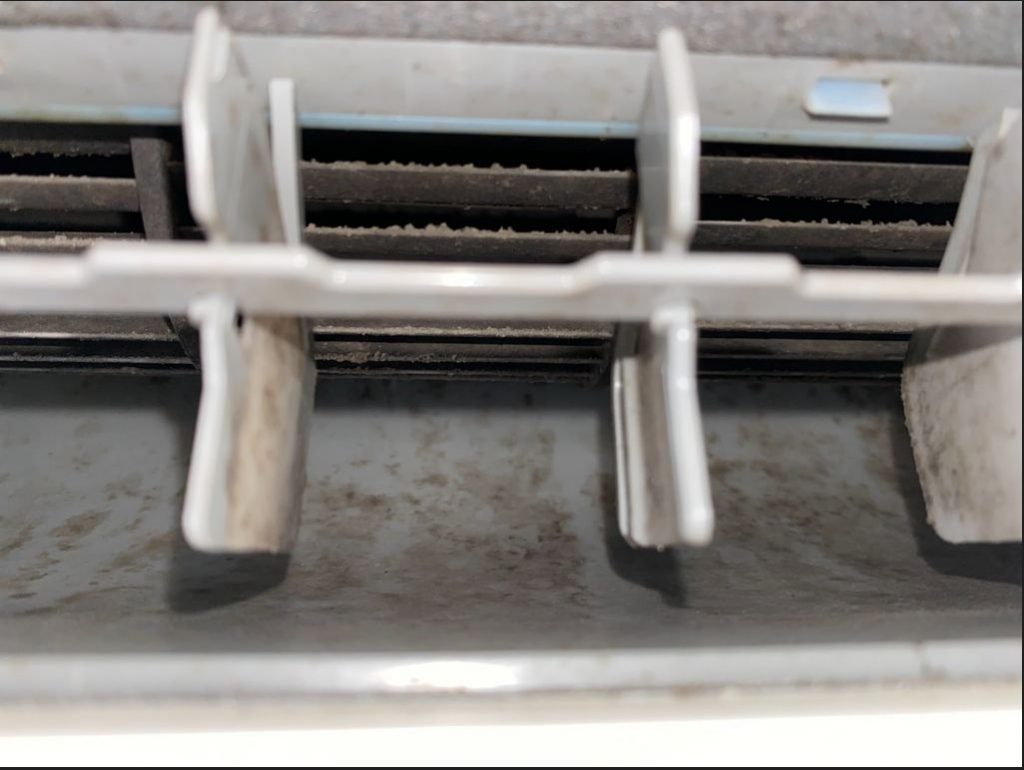
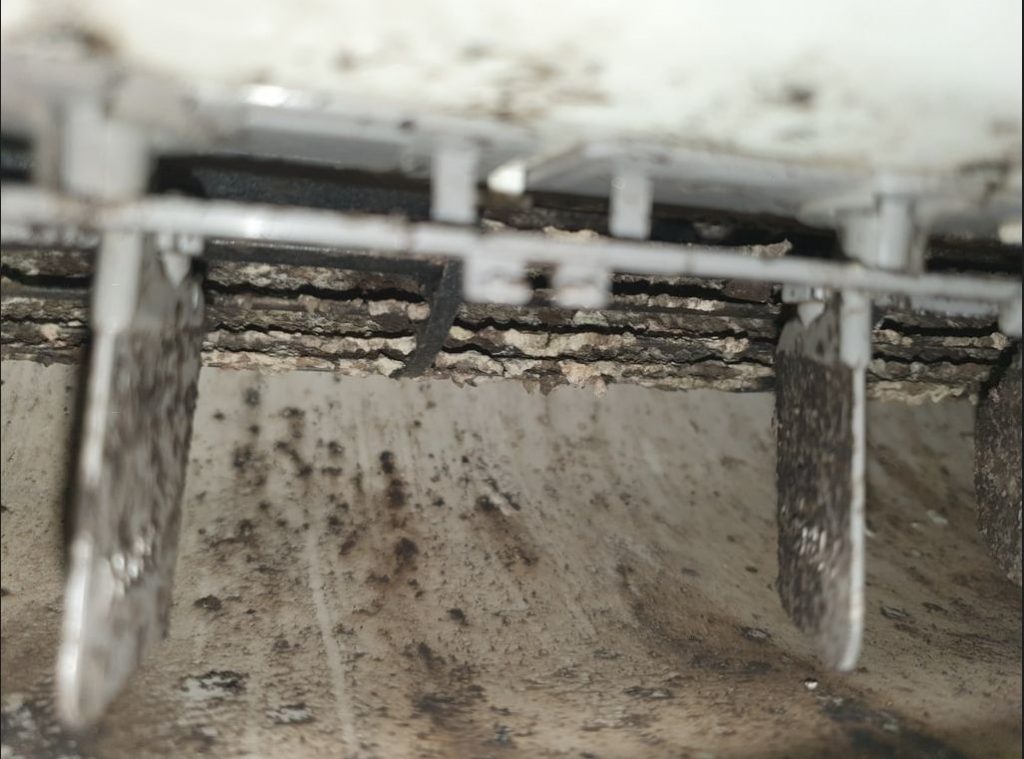
There are two ways to effectively clean a dirty air conditioner fan wheel:
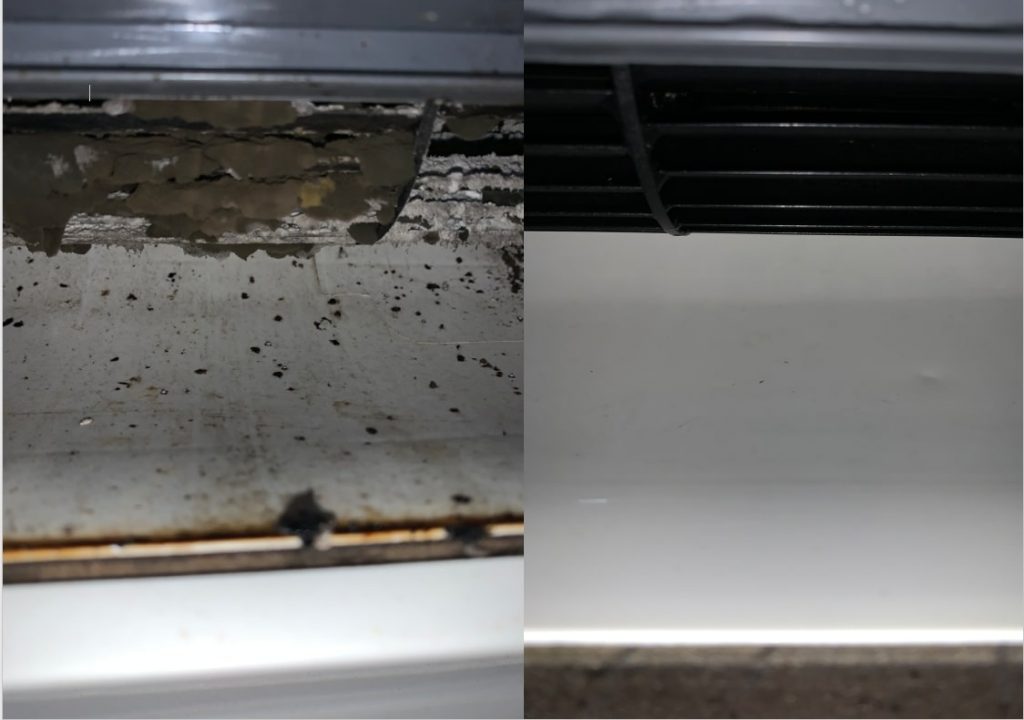
There are two main determining factors when it comes to the frequency you need to have your air conditioner fan wheel (ac blower wheel) cleaned:
If your conditioner fan wheel (blower wheel) is dirty it should be cleaned to improve the hygiene and efficiency of your air conditioner.
As part of a standard service of your air conditioner the technician can tell you whether you need your fan wheel cleaned or not.
At Sun City Air Conditioning we carry out over 5,000 jobs per year. Our combined experience, together with our trained and knowledgeable tradesmen mean we are perfectly placed to diagnose and repair your air conditioner.
The manufacturer's warranty will cover anything caused by an inherent fault in the design or manufactue of the air conditioner. It will not cover anything caused by lack of maintenance or an external cause. Below is a list of things which are typically not covered under a system warranty:
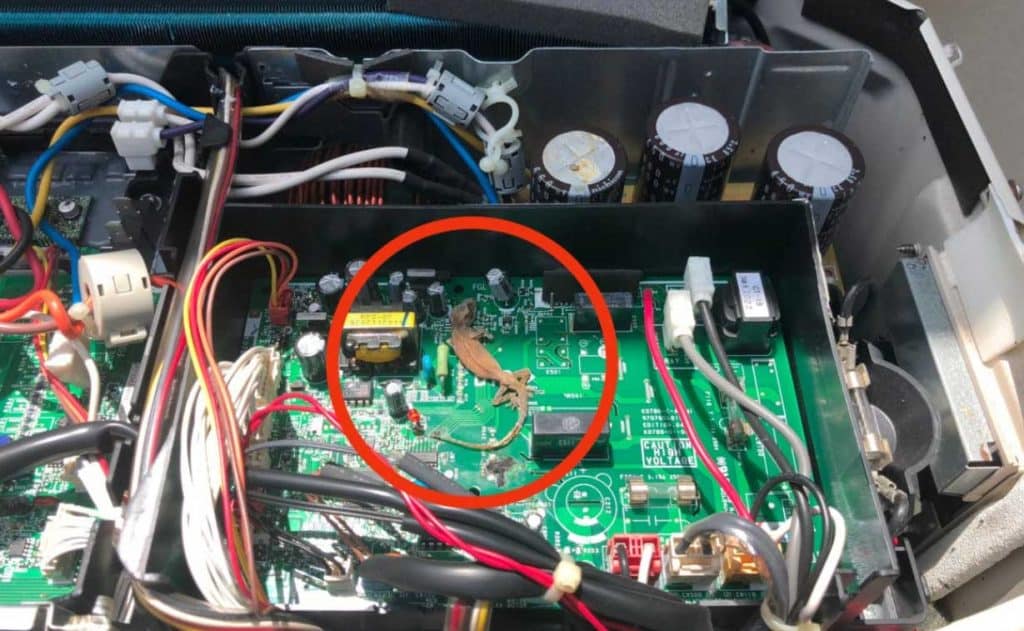
All manufacturer's offer a warranty on their new air conditioners. These warranties are typically comprehensive warranties covering all parts and labour for a 5 year period from the date of installation of the system.
If you need to use your manufacturer's warranty then the first place to start is with the person who sold you the system - they will be able to put you in touch with the manufacturer or their warranty agent.
In some cases the system installation company will also be a warranty agent for the manufacturer. This is a question worth asking when deciding which company you will use to carry out your system installation - as not all installation companies are warranty agents.
Larger commercial systems have different warranty coverage to domestic systems. Often these systems have parts only warranties and their warranty period is often only 2 years.
Many people choose to install third party controllers with their ducted air conditioners - such as Polyaire's Air Touch 5 controller or Advantage Air's My Air controller. These controllers similar to the system's come with 5 year parts warranties - but they do not always cover labour.
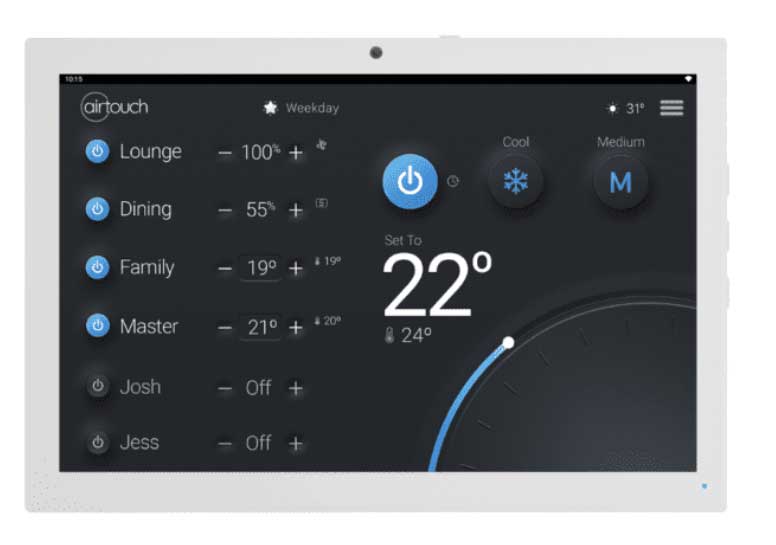
When your air conditioner stops working the typical process that would be encountered is:
At this point the system should be working and 49 times out of 50 that is that.
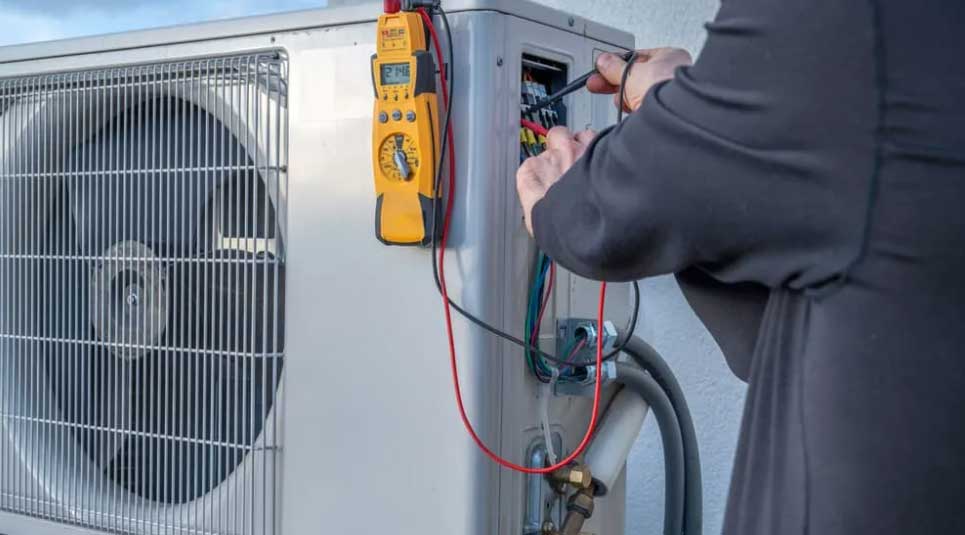
Unfortunately in some cases the repair of an air conditioner fails some time after it has been carried out. When this occurs the best course of action is to call the company who has carried out the repairs and they will determine whether the cause of the new faults is:
If it is a new fault then that would not be covered under a repair warranty.
Almost all part manufacturer's - whether they are original equipment manufacturers (OEM) or a third party equipment supplier - provide a 12 month parts only warranty on any parts they supply.
This means should your repaired air conditioner stop working within 12 months of a defective part being installed the manufacturer will supply a replacement part at no cost. However, the manufacturer will not normally cover under their warranty the labour to diagnose the faulty part nor the labour to install the replacement part covered under warranty.
Most service and repair companies offer a 12 month warranty on any work they have carried out. This means if a fault occurs as a result of the work carried out by your service provider - then the service provider will return and rectify the work under their warranty.
Occasionally a new fault may emerge in the air conditioning system which is unrelated to the initial repair and which does not give rise to a warranty claim.
In this case neither the manufacturer nor the installer will be accountable for an air conditioner warranty claim.
If your air conditioner has been repaired and your air conditioner fails within the 12 month warranty period then your best option is to contact the warranty repairer - and they can then return and determine whether or not it is a problem with the original repair - in which case it will be covered under warranty.
If it is a new issue - it will not be covered under warranty - and normally the service provider would expect you to pay for the call out and the diagnosis.
If you have ever worked in a large office you will likely have felt the effects of air conditioner temperature settings - whether they have lead to you feeling too hot or too cold.
If you are too hot you will feel uncomfortable.
If you are too cold you will need to expend extra energy just to stay warm. This can have a negative impact on your concentration and productivity.
People feel air temperature differently - so different people may feel hot or cold when experiencing the same temperature.
There is an ideal temperature to set your air condtioner - but you may need to moderate that by a degree or two based on your personal preferences.
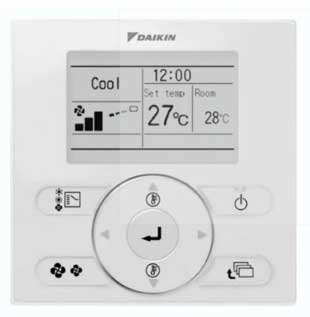
The set temperature on your air conditioner is based on a temperature reading from your air conditioners indoor unit. The location of the temperature sensor will vary based on the type, brand and settings of your system.
Normally it is in the return air pathway.
The air conditioner will compare the temperature of the return air vs the set temperature - where there is a difference the air conditioner will continue to work until that difference has been closed.
It is something of an urban myth that the lower you set the temperature on an air conditioner the harder it will work. How hard your air conditioner is working is generally dependent on the size of the temperature difference between the set temperature range and the return air temperature. If the difference is small the air con will ramp down, if the difference is large the air con will ramp up. If the air con is fully ramped up - it doesn't matter how low you set the temperature - it cannot ramp up any more.
The right temperature for for your air conditioner is dependent on a number of factors:
The average human, based on various studies, is most comfortable at a room temperature of 23 - 24 degrees (and humidity of around 50%).
Everybody feels temperature differently, some of those differences are due to their body makeup - namely percentage of body fat and muscle mass. For example those with a higher body mass tend to generate higher interal heat and may appreciate a slightly lower set temperature.
Every 1 degree celcius change in set temperature has an impact of 5-10% on energy consumption.
The closer your air conditioner set temperature is to the outdoor temperature, the less work your air conditioner will need to do and the lower your electricity bill.
So in summer if you raise the set temperature from 24 degrees to 25 degrees your air conditioner will use less energy to achieve the set temperature.
Australia is a large country - with big differences in summer temperatures and humidity levels. Notwithstanding that - outdoor conditions generally shouldn't have any impact on the set temperature you are trying to achieve from a comfort perspective. As stated above the ideal perceived temperature is 23 - 24 degrees - and generally speaking humidity levels once set temperatures are achieved would be equal irrespective of whether the set temperature on the system is set lower than 23 degrees.
Obviously in winter your reverse cycle air conditioner is trying to raise the indoor temperature, above the outdoor temperature, to meet the set point. There is no reason from a human comfort perspective to set the temperature at anything other than 23 - 24 degrees.
However, depending on where you are located, there can be a very large difference between the indoor and outdoor temperatures - eg. the outdoor temperature is 0 degrees celsius and the set temperature is 24 degrees celsius - there is a 24 degree difference. Which is a lot of work for the air conditioner to do. As a resut many people recommend a lower temperature setting in winter to reduce the amount of energy consumed in heating the house - often 21 - 22 degrees celsius.
It is far cheaper to put on an extrat layer of clothing and have your room at 21 degrees, rather than have the temperature set at 24 degrees and walking around in the middle of cold weather inside the house in t-shirts and shorts.
As discussed above we would recommend a summer temperature setting of 23 - 24 degrees celcius. If you are not comfortable with that temperature - it would not be unusual to have a set temperature a degree warmer or colder.
If your temperature is set in that range, and you are still uncomfortable, there may be a problem with your air con. In that case the best course is to get an experienced service provider like Sun City Air Conditioning to come out and carry out a diagnosis of the problem with your system and then effect repairs.
If you notice erratic changes in the fan speed of your air conditioner, then it may be there is a problem with the indoor fan on your air conditioner.
There are some settings on your air conditioner that could cause it to exhibit this behaviour - but if they are not on - then there may be a problem.
The fan (sometimes called the blower) is the thing that moves the air. Your air conditioner works by passing air over a coil (which has refrigerant flowing through it). As the air passes over the coil it is cooled (or heated) by the refrigerant in the coil. This cooled air is then blown out the supply air diffuser\s or grilles.
The fan in your air conditioner will either pull or push air through the grille, depending on the air conditioner's design.
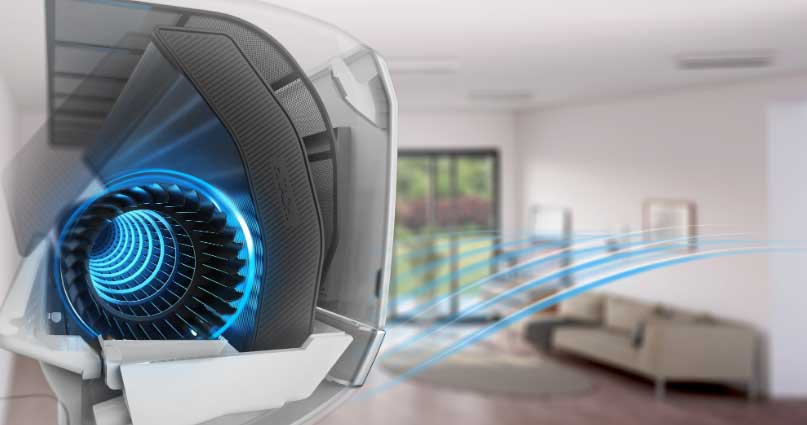
Most air conditioners have four fan modes:
The low, medium \ medium \ and high settings are fan speeds and are constant. This means the air conditioner's fan will always run at the assigned speed, irrespective of whether the air conditioner is cooling or not.
The auto setting is different. In auto, the fan will only run when the air conditioner is calling for cooling, and the speed of the fan may vary depending on how far away the system is from the set temperature. When the air conditioner has the room temperature close to the set temperature, the fan will slow; when the room temperature is not close to the set temperature, the fan will speed up.
When an air conditioner is set to auto, the system will normally cycle off when a set temperature is achieved - this means the fan will stop running. When the room temperature rises above the set point, the air conditioner will start again, and the fan will start at the same time.
When an air conditioner is in auto mode, the air conditioner will vary the ac fan speed in an attempt to reach the ac units set temperature as quickly as possible. This means if the temperature is a lot lower than the room temperature, the ac fan will speed up. As the room temperature approaches the set temperature, the ac fan will slow down. When the set temperature is achieved, the fan will stop.
In auto mode, the fan will speed up and slow down as needed and stop altogether at times.
When your ac settings are on a single fan speed - and the air conditioner fan is changing speed - it is normally an indication of a problem with either the fan motor or the control board.
If you think there is a problem with your air conditioners fan, you should engage the services of a qualified air conditioner mechanic to carry out a diagnosis of the fault and make a recommendation for its repair.
By definition a ducted air conditioner has an indoor unit that has ductwork connected to it that distributes conditioned air to the supply air grilles to blow cold air into the air conditioned spaces.
The first question that you need to ask yourself is whether this is a new problem. In the past had your ducted air conditioning system been supplying air to all the outlets in your house and now only one outlet has no cool air - then it is most likely caused by a failed damper motor, a crushed duct or air loss.
If the supply air outlet from your air conditioning system has never had air flow it could be one of the preceding reasons has caused it since installation \ you have owned the property or there is inadequate air flow in the ducted system to provide air to that outlet.
There is a difference between low air flow and no air flow. No air flow will be caused by blocked or disconnected ductwork. Low air flow can be caused by a number of issues. Sometimes low air flow can feel like no air flow to the naked touch.
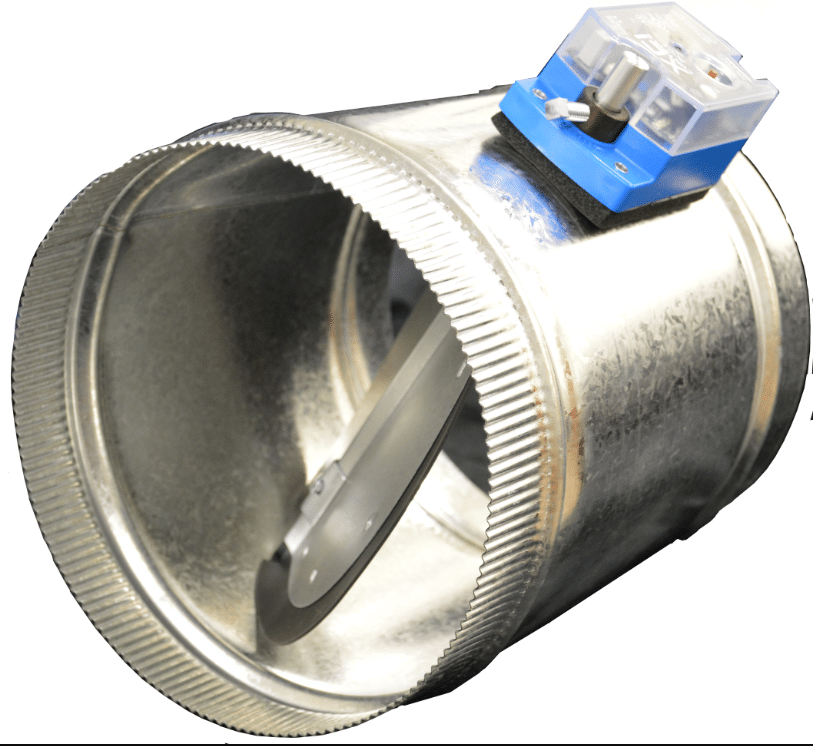
As long as a ducted air conditioner and its ducting is accessible, all of the problems above can be rectified. At Sun City Air Conditioning we have decades of experience in air flow problems and are available to diagnose and resolve them for you.
The last thing you need on a hot, humid Summer day is for your air conditioner to stop operating.
When the circuit breaker trips it stops all power supply to the ac unit.
This is to protect the air conditioner from any further damage and potentially costly repairs.
Locate your home's electrical panel.
You should be able to see if the circuit breaker is tripped.
Reset the circuit breaker and turn your air conditioner on again.
The ac unit may start and operate normally. If the breaker trips immediately, there is definitely a problem in the electrical system. Call us to diagnose and rectify the problem.
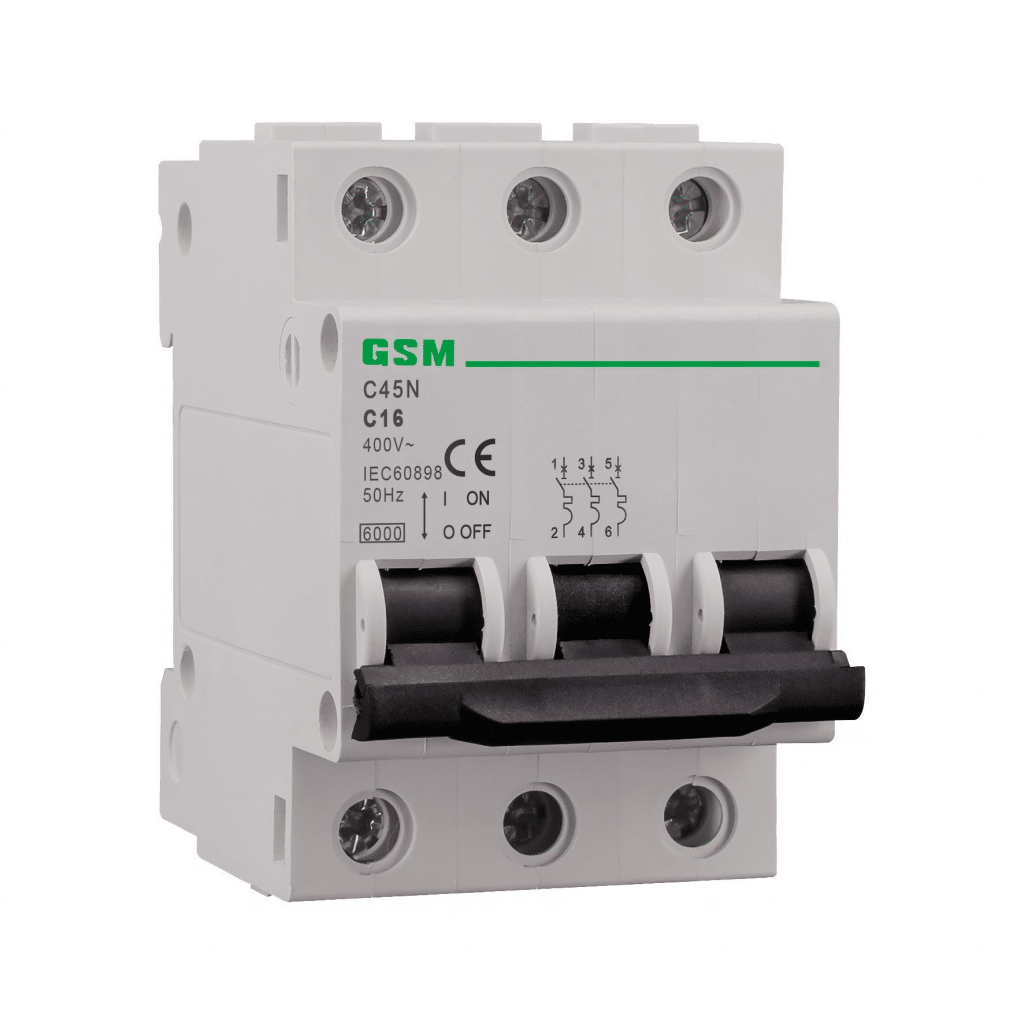
This can be extremely frustrating. After resetting the breaker, your ac unit starts operating again. After a period of time, the circuit breaker trips again and the ac system stops operating.
You will need to call for an ac technician to attend, diagnose and rectify the issue.
At times, there may be a drop in the power supplied to your premises. This is called a brown out. Your lights will dim and appliances will not operate correctly.
This may be caused by transmission problems, an electrical storm with lightning in the area as well as high demand.
If you air conditioner is trying to operate in these conditions, the current draw will increase and lead to the circuit breaker tripping.
There may also be a one time power surge which can also trip the breaker.
If you have three phase power supply, the loss of one phase will cause the breaker to trip
There is nothing that can be done until the correct power supply is restored.
Once power is restored, reset your circuit breaker and your air conditioning unit should operate normally.
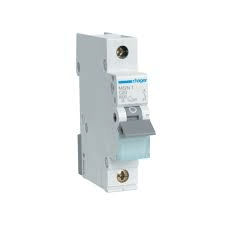
As with any electrical item, your ac circuit breaker can fail at times.
This may be due to an internal fault with it or loose electrical wiring at the terminals.
You will need to call a professional hvac technician to identify and repair or replace the circuit breaker.
Dirty air filters impede the flow of air over the coil in the inside unit. The lack of sufficient air flow will increase the pressure on the indoor fan and slow it down.
The pressure on the fan causes the motor current to increase which can trip the ac unit circuit breaker
It is important to ensure your air filters are kept clean to reduce nuisance trips of your circuit breaker.
If your ac system is low on refrigerant, it will not cool to the conditions you require. It can also cause other problems.
The indoor coil can ice up and restrict the air flow the same as dirty filter will do.
The compressor will run hotter which increases the electrical current draw until the circuit breaker trips.
This can occur due to a dirty air filter, insufficient refrigerant or expansion device being faulty
As per the dirty filter above, this can also be the cause of ac breaker trips.
The condenser coils are located in the outdoor unit. Dirt and leaves can be drawn into the coil to reduce the air flow.
Stacking items against the outdoor unit will also impede the air flow.
If this coil is dirty or blocked this will increase the load on the compressor causing the breaker to trip and can lead to compressor failure.
Occasionally, wiring may become loose in their terminals. Loose wiring can create heat and lack of correct power supply to the components in the ac unit. In a worst case scenario, it may even start a fire. This will cause excessive current draw and trip the circuit breaker.
A short can be caused when the wiring insulation in a fan motor or compressor breaks down. The exposed wire may touch the casing of the motor and create a "short". This will instantly trip the circuit breaker.
Most of the components in your air conditioning system are electrically powered. At times, these may fail due to age, vermin and other adverse conditions. Failure of these can also cause the ac circuit breaker switch to trip.
All motors consist of electrical windings. When operating, the motors do get warm and after some time the wiring may break down.
If the wiring breaks down it can cause an open circuit or a short circuit. This will cause a circuit breaker trip and stop your air conditioner from operating.
If there is an electrical storm in your area, turn off your air conditioning system.
Make sure that your air filter is clean at all times
Make sure your condenser coils are clean and that no items are stacked up against the condenser.
The most important thing you can do is have your air conditioner serviced regularly. This can alleviate the potential for some the above issues to occur.
Contact us to book in for a service
There is not much worse than on a hot summer's day and your air conditioning system is not delivering cool air.
Either your air conditioning systems are not operating at all or inconsistent operation and temperatures.
Electrical issues are one of the most common causes for ac system failures.
There are many electrical problems than can affect your air conditioner's operation
This can range from your home's power supply to faulty internal components in the hvac system.
Some of the most common electrical problems can include:
An electrical issue can affect all or part of your air conditioning system.
The indoor fan may operate but not deliver cool air.
The compressor may start and stop intermittently.
There may be tripped circuit breakers preventing the system from starting.
Damaged wiring will also create problems.

A circuit breaker is a safety device designed to protect the electrical circuit.
It will trip whenever there is over current detected in the circuit
The circuit breaker is normally installed in the electrical box along with breakers for your lights and other power circuits.
A tripped circuit breaker can be a sign of an internal fault in your air conditioning system.
Damaged electrical wiring can also cause the circuit breaker to trip.
If you find that your circuit breaker is tripped, you can reset it by simply turning the switch back to the on position.
If it stays on and the air conditioning system starts and operates normally then there may not be any further issues. Occassionally a circuit breaker may trip due to a power fluctuation.
If the circuit breaker trips instantly then there are other problems with the ac unit. Call Sun City Air Conditioning to attend, diagnose and repair the fault.
Electrical wires can be damaged in a number of ways.
Crushing or cutting the wiring during home renovations
Rodents chewing on the wiring in ceiling spaces.
Pet dogs have been known to chew wiring at the outdoor unit.
Incorrect cable size can lead to nuisance trips of the circuit breaker when the unit is operating on full load.
The cable will heat up and increase the current draw which, in turn, will trip the circuit breaker.
Incorrect circuit breaker size will also cause tripping of the breaker.
A check of the circuit breaker panel will show if the breaker has tripped.
If it trips intermittently, this may be a sign of one of the problems mentioned above.
Capacitors are used for the starting and running of motors.
These can either be a start capacitor, run capacitor or a combination start/run.
When a capacitor fails, this tends to make the motor draw excessive current when trying to start.
This additional current will trip the circuit breaker.
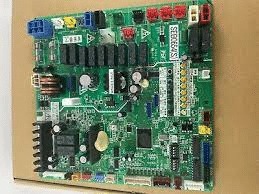
Printed circuit boards are one of the electrical components used extensively in all modern air conditioning systems.
These PCBs are used for :
Most have a small glass fuse protecting them and should this be blown, it can be replaced.
If the glass fuse blows repeatedly, there is a problem with the PCB and it may need replacing.
Vermin such as rodents and geckos may occassionally enter the electrical area of the air conditioner. As they walk over the PCB they can short it out and destroy the PCB.
A break can also occur in the circuit of the PCB which will cause the air conditioning unit to either not operate correctly or cease operating completely.
A loose electrical terminal will cause excessive current draw and trip the circuit breaker.
In a worst case situation, a loose terminal can start a fire in the air con unit.
As seen from the above items, the circuit breaker is your best friend for the protection of your air conditioner.
Under current legislation, a residual current safety switch should also be installed with the circuit breaker.
Maintain the area around your outdoor unit so that there is no leaf litter or rubbish etc to attract vermin.
Have your air conditioner serviced regularly to ensure there are no loose connections, no damage to cables or any other issues that may lead to electrical problems with your system.
Contact us here to arrange for a service on your system.
The refrigerant is the medium that transfers heat throughout the air conditioning system.
It will be in either liquid or vapour form at various phases in the cycle.
It is important to the operation of the system that the correct amount is in the ac system.
Most modern air conditioners contain either R32 or R410A as the refrigerant
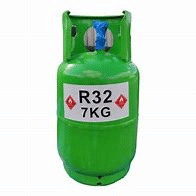
Incorrect amount of refrigerant can lead to poor performance and higher energy bills.
Only licensed technicians are allowed to handle and use refrigerants. At Sun City Air Conditioning, our technicians are licensed and trained to carry out these works.
There are various signs that there may be a problem with your air conditioner which can include refrigerant leaks.
If your air conditioning unit is showing any of these signs and not delivering cool air, contact us to have a hvac technician attend and rectify.
The answer to this question is NO.
Only certified hvac technicians can carry out these works.
There are multiple levels of State and Federal laws regarding this work.
A certified hvac technician has the equipment and knowledge to check the refrigerant level in your air conditioner.
He will check any other potential items such as dirty filters first to ascertain that the refrigerant level may be low.
Checks that are done to troubleshoot if the system is low on refrigerant:
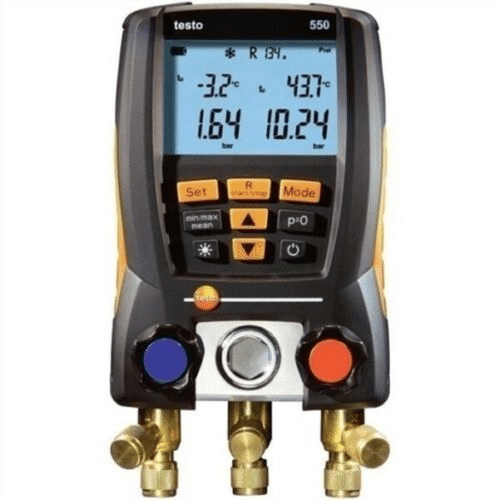
If the system is operating at low pressure and the other components are operating normally, this is a sign that the system is low on refrigerant.
Any refrigerant that is still in system will need to be removed. This is done by using a reclaim unit and pumping the refrigerant into a cylinder. Release of refrigerant to the atmosphere is illegal.
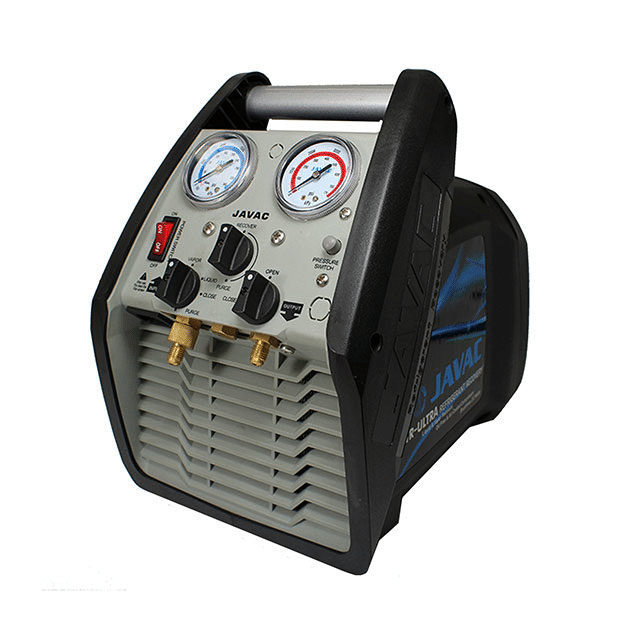
Once the refrigerant is removed from the air conditioner the following works are carried out to locate the leak:
Pressurise the system using dry nitrogen
A solution is then brushed or sprayed over the refrigerant lines and coils (soap test).
If bubbles form this is a clear sign of a refrigerant leak.
A complete test of the entire system is required.
Common locations for a leak to occur are where the suction pipe and liquid pipe connect to the outdoor unit. Usually, this just requires re-tightening of the flare nuts.
There may also be leaks in other areas of the air conditioner which must also be located.
Once the leak is located, it must be repaired.
The nitrogen is released from the system.
If the leak is at flare nut connections, these must be tightened.
If a cracked pipe is the source of the leak, then soldering on the joint/crack will need to be done.
In some cases, a part may need to be replaced. eg evaporator coil or condenser coil.
The leak may be on either the high or low pressure side of the system.
Once the leak is repaired, the system is once again pressurised with nitrogen. This is monitored on the pressure gauges. If the pressure holds, then there are no more leaks in the system.
The nitrogen is released from the system and a vacuum pump is connected to the system.
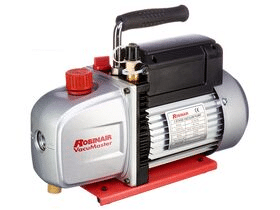
Contaminants eg air, must be removed from the system using the vacuum pump.
Once the system is evacuated, it is time to recharge the system with refrigerant.
Once all the refrigerant leaks have been located and repaired the system can be charged with refrigerant.
The correct amount of refrigerant is weighed into the system.
The air conditioner is then re-started.
Various readings will be taken including suction pipe temperature and discharge pipe temperature.
The correct superheating temperature is also a good indicator of the correct refrigerant level.
In some instances, some more refrigerant may be required to have the correct refrigerant charge.
On a hot summer day, the last thing you need is a refrigerant leak within your air conditioner.
Call the HVAC experts at Sun City Air Conditioning to identify and repair any leaks in your air conditioner.
AC refrigerant levels can also be checked during regular maintenance visits.
By checking that the refrigerant is at normal levels, is one way of ensuring that you keep your home cool on those hot summer days.